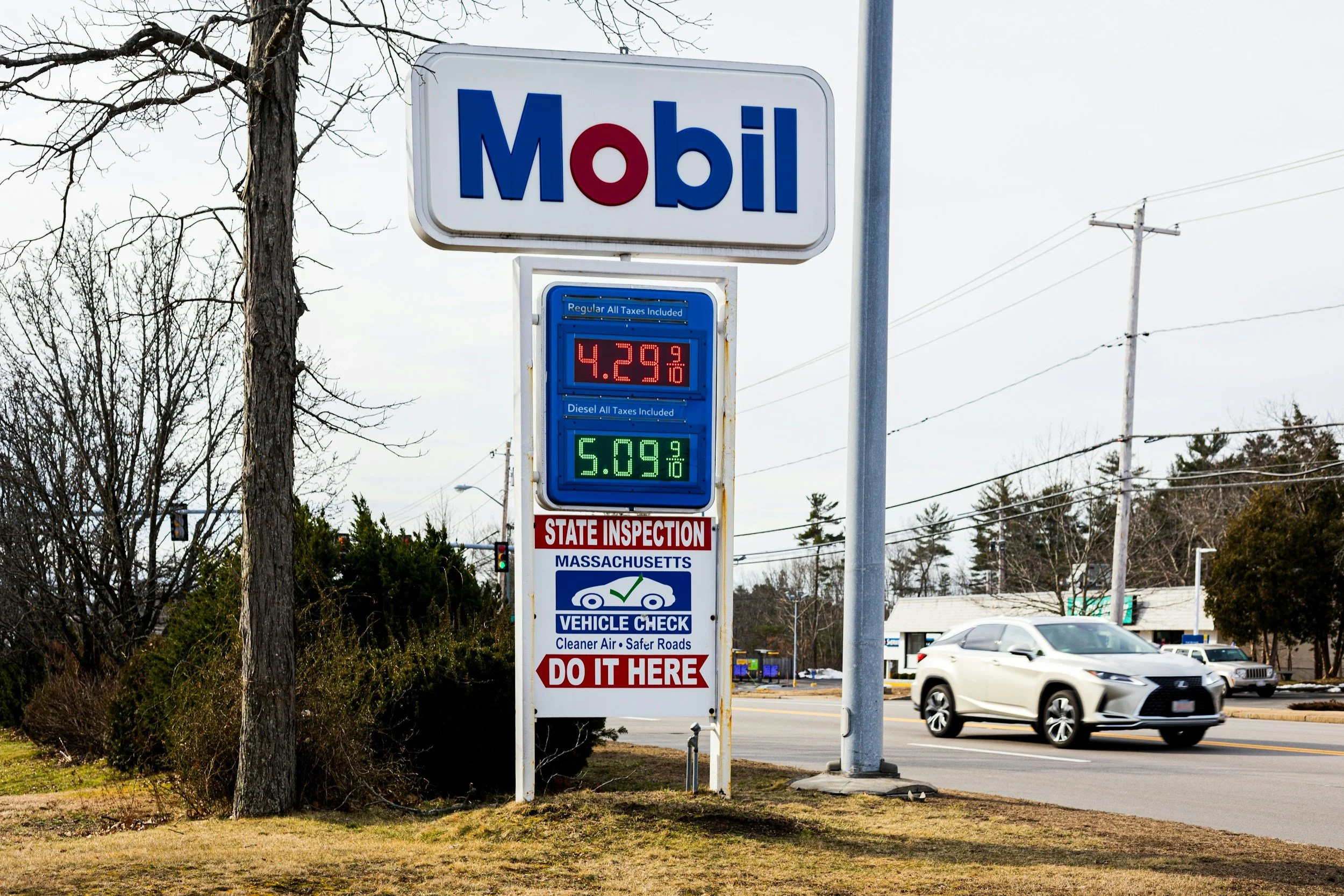In March of 2020, right as the United States was beginning to shut everything down as the COVID-19 pandemic was ramping up, I went to a panel discussion led by some of the professors at Bates College talking about what the economic impacts of the pandemic might be. One of the panelists was a former professor of mine, Paul Shea, who taught a class on the Great Recession.
One thing he said that stuck with me was that during the Great Recession, a fundamental flaw in the economy was exposed. Financial markets had gotten wildly out of control, and the only way forward was to address the root issues. After some new regulations and a very long and slow recovery, it seems like we have tools in place now to prevent such a major asset bubble from forming.
In contrast, the COVID-19 pandemic wasn’t the result of something fundamentally wrong with our society. Because of this, Dr. Shea speculated that the recovery from the COVID-19 pandemic might be shorter.
Of course, the pandemic was longer and more difficult than anyone could have imagined in March 2020. That meant that while it may have not been caused by some fundamental systemic flaw, it exposed a lot of flaws in our society that we have been able to largely ignore otherwise.
I think this is the key difference between the Great Recession and the COVID-19 pandemic from an economic perspective. In 2008, we had to solve an underlying economic failure, while in 2020 we had to prop up other systems that could not bear the short term burden they were facing.
The result of this difference can be seen in the recovery after the two downturns. One of the biggest challenges after 2008 was unemployment. Unemployment was a challenge during the pandemic, but emergency aid helped remedy the problem to some extent. After the Great Recession, it took nine years for unemployment to return to their 2007 levels. In 2020, it took only two years to recover.
The biggest economic problem that came from the pandemic was the high inflation. During the great recession, there was actually a brief period of deflation as the economy grinded to a halt.
The recent bout of inflation was a policy decision in response to the pandemic. In order to keep the economy from tailspinning into something worse, the government spent a lot of money to keep it going while people were cooped up in their homes.
However, according to data released yesterday, inflation has finally fallen to below 3% for the first time since 2021. People are still reeling from the shock of prices rising so quickly over the past two years, but we are quickly returning to a more normal economic world. Interest rates are still high, but many people suspect that the Federal Reserve will begin to lower rates now that inflation appears to be under control.
It appears that at least to some extent, Dr. Shea was right. The economic recovery from the COVID-19 pandemic has been a lot faster than the recovery from the Great Recession. Hopefully, we can learn from the past four years and address some of the problems that were exposed. With a little effort, we can better prepare ourselves for the next major economic downturn.


